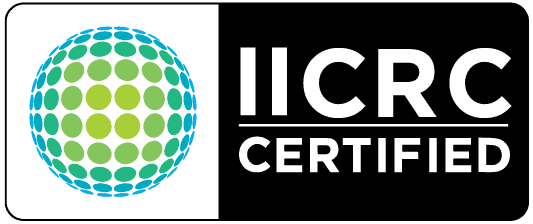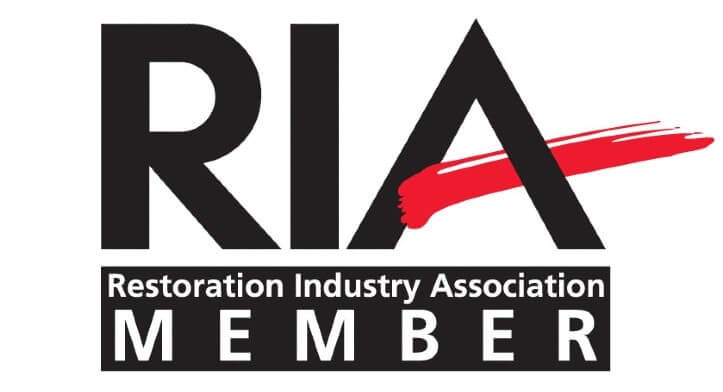Top 8 Tips to Prevent Mold Growth in Your Home
Mold is a prevalent issue for homeowners and property managers, posing risks to both property integrity and health. Fortunately, you can take proactive steps to prevent mold growth in your home. In this blog post, we’ll explore simple yet effective strategies to keep mold at bay.
What Conditions Contribute to Mold Growth?
Mold is a type of fungus that flourishes in damp and humid conditions. While it plays a natural role in decomposing organic matter outdoors, mold spores can lead to health problems when they infiltrate indoor environments. Mold can grow on various surfaces, especially porous materials like drywall, flooring, and furniture. The primary cause of mold growth in homes is excess moisture, often due to leaks, condensation, or high humidity levels.
Why is Mold Growth Indoors Harmful?
Exposure to mold can trigger a range of health issues. Inhaling or coming into contact with mold spores may result in symptoms like nasal congestion, throat irritation, coughing, and skin rashes. Individuals with mold allergies may experience more severe reactions, while those with compromised immune systems can face serious respiratory infections.
How Can I Prevent Mold Growth in My Home?
1. Control Moisture Levels Mold thrives in damp environments.
To prevent its growth, regularly check problem areas like bathrooms, kitchens, and basements. Use a dehumidifier and activate exhaust fans when cooking or showering to reduce humidity levels.
2. Fix Leaks Promptly
Since mold requires moisture to grow, address any leaks or water issues immediately. Repair plumbing leaks, check your roof for damages, and ensure proper drainage around your home’s foundation to mitigate water intrusion.
3. Improve Ventilation
Enhance air circulation in your home by using fans and opening doors and windows when possible. Install vents in moisture-prone areas, such as bathrooms and laundry rooms, and keep them clean for optimal function.
4. Monitor Indoor Humidity
Keep indoor humidity levels below 60% using a hygrometer. If levels exceed this threshold, employ dehumidifiers and improve ventilation by opening windows and doors. Air conditioning systems can also help by removing moisture during cooling.
5. Properly Insulate Attics and Crawl Spaces
Often neglected, attics and crawl spaces require proper insulation and ventilation to prevent moisture buildup. Consider installing vents or fans and regularly inspect these areas for signs of leaks or water damage.
6. Clean and Dry Water-Damaged Areas
In the event of water damage, clean and dry affected areas promptly, as mold can start growing within 24-48 hours. Use a mixture of water and detergent to scrub the area, and ensure it is thoroughly dried with fans or dehumidifiers.
7. Use Mold-Resistant Materials
When renovating or building, opt for mold-resistant materials, especially in moisture-prone areas like kitchens and bathrooms. Consider using mold-resistant drywall, sealants, and paints.
8. Reduce Clutter

Clutter can restrict airflow and provide hiding spots for mold. Keep your spaces organized and free from unnecessary items, especially in moisture-sensitive areas, to facilitate cleaning and maintenance.
What to Do If You Find Mold
If you discover mold in your home, don’t panic. Start by identifying the affected areas and the source of moisture. Wear protective gear, then clean the mold using a scrub brush and a water-detergent solution. Ensure the area is thoroughly dried and dispose of any contaminated materials. Finally, take steps to prevent future mold growth by controlling moisture levels and monitoring your home regularly.
Need Help Now?
Preventing mold in your property is crucial for maintaining a healthy living environment. These proactive steps can significantly reduce the risk of mold growth and its associated problems. For comprehensive assistance, consider reaching out to San Diego mold inspection and water damage restoration companies like Certified Restoration. We specialize in 24/7 water damage restoration and mold remediation in San Diego, ensuring your home stays safe and healthy. Don’t hesitate to contact us if you suspect mold or water damage in your property!






